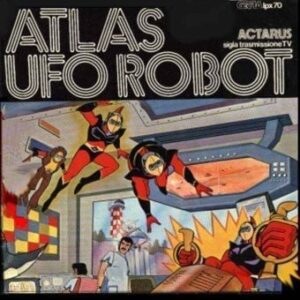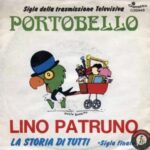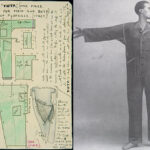November 3, 2024 Mode characters common stories
Si trasforma in un razzo missile con circuiti di mille valvole tra le stelle sprinta e va.
Mangia libri di cibernetica, insalate di matematica e per giocare su Marte va.“Actarus – Ufo Robot“
The cartoons of the 1970s. These programmes very quickly became popular

Television in the 1970s was profoundly marked by the increasingly massive and uncontrolled entry of an unspecified number of private commercial and local television channels into the limitless space of the airwaves.
A phenomenon that, in a certain sense, disrupted the type of programming adopted until then for the placement of the various programmes in the time slots, causing a real restructuring in terms of what the RAI networks offered on a daily basis.
In fact, these small television realities began to occupy even the daily slots, such as morning or late evening, that the state television “occupied” with the monoscope or with so-called “technical transmission tests”, proposing a schedule that, in addition to films, included almost exclusively imported “pre-packaged” products.
Telefilms and cartoons were the main content.
All of this, while responding to a purely economic need (broadcasting these programmes did not require huge production costs), was ultimately successful, as these programmes very quickly became some of the most popular with the public, especially young people.
RAI, too, had to adapt to this demand, as it had done before, and although it favoured the broadcasting of telefilms and cartoons, it contributed even more to the great success of the series and their protagonists, since its “catchment area” was much wider.
Some television programme makers of the time, with a certain amount of foresight, managed to capitalise on the particular success of television shows and cartoons, creating a real business around them.
As these were mostly American or Japanese shows, the idea was to adapt the songs that opened and closed each episode for Italian audiences, either by entrusting the work directly to record companies or by turning to good and, for the most part, well established musicians, lyricists and performers.
In this way, songs such as “Furia” sung by Mal, “Heidi” interpreted by Elisabetta Viviani, “Ufo Robot” by the trio Luigi Albertelli, Vince Tempera and Ares Tavolazzi, soon reached the top of the various national 45 “hit parades” and sold millions of copies.
And from then on, the majority of Italians, young and old, began to hum these songs, to the point where many now know them by heart.
Such a wave of TV theme songs gave rise to a veritable sub-genre in Italian music production.
Numerous “experts” in the field were hired to create the lyrics and motifs.
Among the most prolific authors, in addition to the aforementioned L. Albertelli and V. Tempera (Remi, NA-NO NA-NO, Capitan Harlock, Daitarn III), Riccardo Zara (L’Uomo Tigre, Lady Oscar, Yattaman), the Oliver Onions, or Guido and Maurizio De Angelis (Spazio 1999, Galaxi Express 999, Orzowei), stand out.
Alongside them, an equally large patrol of solo performers (Katia Svizzero, Nico Fidenco, Georgia Lepore) and “groups” that, often, hid their identity by hiding behind very evocative pseudonyms such as La Banda dei Bucanieri, I Micronauti, I Cavalieri del Re, Riccardo Zara’s “family” group, which took on different names for certain theme songs (Rocking Horse for the theme songs of the King Arthur and Candy Candy cartoons, for example, or Super Robots for Blue Noah and Babil Junior).
Zara himself collaborated with Le Mele Verdi on other cartoon theme songs and on the theme song for the TV show Woobinda.
Not to mention the use of the group Castellina Pasi for the theme song of the “first” Lupin III.
The basic function of these TV theme songs was to help create the right atmosphere for viewing, and to keep the “melodies” in the minds of the viewers, so that they would become “addicted” to them, day after day, to the point where they would inevitably seek them out in record stores.
Some of the theme songs were really beautiful, some were nice, catchy, almost always poetic and romantic.
In short, they were more charming than the show itself, because the expectations they were able to arouse in the audience, involving them even before the episode began, were certainly much more intense and fascinating than the depth of the story, the characters and their adventures.
All this changed when Cristina D’Avena, with her flat and monotonous ditties, arrived to exclusively hold the fantastic world of TV theme songs, which I had fallen in love with, also thanks to the multiplicity of voices and sounds capable of arousing multiple emotions.




